|
Before we proceed any further with HuangDi ZhaiJing, it is important to have a good grounding on WuYin - The Five Pentatonic Notes, the very foundation of NaYin 5 elements 納音五行.
WuYin’s element 五音 is connected through the Stems via its combination and transformation as in cosmology and astrology. Stems is used to decode their related musical scale to forecast the weather patterns and their effects on the human body.
The Branches are associated with LuLu 律呂, the pitch-pipe, a standardized twelve-pitch scale. Unique to ancient Chinese music, this chromatic scale is a series of fundamental notes. The scale uses the same intervals as the Pythagorean scale based on 2:3 ratios (the golden section). Such represents how Qi moves in nature. The Yellow Emperor’s Court musician LingLun伶倫 discovered Lulu律呂 by placing twelve different sized pitch-pipes, with 2:3 ratios, filled with reed ash and buried one side underground at the foot of Kunlun Mountain. Every month, the earthly seasonal Qi would blow ash from one of the pipes and would make a special musical sound. LingLun伶倫 recorded the sounds and gave them different names such as: - 1. HuangZhong, 黃鐘 2. DaLu, 大呂 3. TaiCu, 太簇 4. JiaZhong, 夹钟 5. GuXian, 姑洗 6. ZhongLu, 仲呂 7. RuiBin, 蘿賓 8. LinZhong, 林鐘 9. YiZe, 夷则 10. NanLu, 南呂 11. WuYi, 無射 12. YingZhong 应钟 These are the twelve notes of LuLu律呂. Each note of LuLu律呂 describes the quality of Qi of the twelve months in the annual cycle. LuLu律呂 is also used to illustrate the daily rhythm of the twelve bi-hours of the Chinese clock. Within the human body, these same twelve LuLu律呂 exist as the twelve main acupuncture meridians. The relationships between each Branch, its LuLu律呂 and associated meridian are connected. In other words, LuLu律呂 measures the seasonal Earth Qi. WuYin’s element 五音 undergone another transformation to produce NaYin 納音五行, due to the stem branch interaction. These are: -
1. Gong宫 Earth, produces Metal NaYin 納音五行 2. Shang商 Metal, produces Water NaYin 納音五行 3. Jiao角 Wood, produces Fire NaYin 納音五行 4. Zhi徵 Fire, produces Earth NaYin 納音五行 5. Yu羽 Water, produces Wood NaYin 納音五行 There are 60 stem-branch interaction called JiaZi, which is also the Sexagenary Cycle of the GanZhi, resulting in 30 pairs of NaYin 納音五行. Such is commonly used to measure the yearly energy pattern of nature. In SanHe and SanYuan FengShui, the use of the Sexagenary Cycle as the basic unit of Qi and to characterize the different quality of Qi of the natural or living environment is annex to WuYin 五音 passing through the earth medium produces the “ultrasonic” vibration called NaYin 納音五行. We shall talk about NaYin and its application in SanYuanDaGua some other times.
0 Comments
Our write up on HuangDi ZhaiJing has spurred interesting discourse among learned friends from our Facebook and the Forum. Among the very strong advocates of YangGong method, a number of concerns had been discussed and herewith we would like to sum up as the followings: -
Animated Yin-Yang symbol
Comment: The site is the pivot of Yin Yang. What does it means? Clue, the concept is not a line with opposite polarities but a dot as a pivoting point.
Comment: How is this in real life application? What are we measuring? This concept is important because Qi has qualities and strength. This verse introduces the concept of the strength of Qi. How to physically audit the strength of Qi, even before taking out a LouPan to measure direction. Absence of Qi is referring to the strength. It is minimum rather than nothing. There is also no maximum in the sense but a rise to a higher value.
YinYang in FengShui is referring to very specific items, the study of Qi based on CiXiong. Classics: Yang Gong grow old observing CiXiong, all the books in the world are all different. This verse introduce the concept of strength of Qi for different sites. There are sites which receive more Qi and there are sites which receive less Qi. This is about strength and not quality. Quality of Qi is another method of measurement. For a highland dragon, steep site, the Qi goes deeper. For a lowland dragon, flatland, the Qi is shallower. Does that mean for steep site the Qi is stronger? No, the strength is dependent on the length of the dragon. As a result, some fengshui masters interpret it as the mountain ranges going all the way to the Himalayas. Is it referring to the length of the mountain ranges? Dragon is a representation.
Comment: When measuring dragon, what do we measure? Someone commented that mountains normally cover more than 30 degrees, so how is it possible to measure dragon accurately? Another master taught to measure the peak of the mountain. Another person commented that there are no mountains in Singapore.
Where to put the loupan is never in the classics, it is meant to be handed down. Where to place the loupan? Why loupan has different settings, as questioned in another posting? First of all, what are we measuring. The static or the dynamic value. Heaven, Earth and Human. In XKDG, why is the middle plate not in the loupan? Did they make a mistake or we cannot see because we don't know. In SanHe, why the middle plate is sometimes omitted? Did they make a mistake again. Static or dynamic value.
Comment: What are we measuring? Three times enter Yin Yang; what is entering? Is it three Yin or three Yang? Is it one Yin and two Yang? Without understanding the first verse, is it possible to comprehend the rest?
The opening sentence of the Book states: -
Comment: What are we trying to match?
Comment: The verse should be "when analyzing big we look at big, when analyzing small we look at small". We can never get perfect FengShui.
Comment: Yin or Yang house, represented as a dragon. With Yang starting from Hai and Yin starting from Si, introducing the idea of 12 Chang Sheng Qi phase which is measuring the quality of the Qi.
How do you explain the yin house and yang house? Why for a Yang house the head is at Hai? What about the other parts on yin and yang? How do you explain? Interesting. In our understanding, for a Yang house we use a LouPan with Hai as the ChangSheng and Si as the dead Qi. For a Yin house (not a tomb), we use a LouPan with Si as the ChangSheng and Hai as the dead Qi. But before we do all that, we would identify the yin yang based on the house and its relation to the topography. Then we would match the entering yin and entering yang to determine the strength of the Qi. After that we would check the three and four entering yin or entering yang before we go any further into trigrams and 24 mountains. Exactly as written in the book. If the first three steps are as detailed in the book as without soul, it is very difficult to do any FengShui based on whatever school.
Comment: Translated as 5 sittings, but is it referring to sitting or something else? There are 5 different setting, the most important for 'house method', we termed fengshui, which is the real deal. What setting is it referring to? Why only 5? Why is this the mysterious secrets? Sure the mysterious secret not about the 5 Nayin, metal, wood, fire, water, earth. So 5 yang sitting is the mystetious secret. The other 19 is Yin? Real AiXing is taken from “宅” not from facing. “宅” is a dwelling or what? That is what should be researched on, rather than any other topic.
The HuangDi ZhaiJing is attributed to the Yellow emperor and it is a collective writings by various authors notably in a much later dynasty after QingWuZi. The classic stressed upon the important of siting, the only thing that has remained consistent throughout the entire classics. Next, the classics stressed so much on YinYang, subliminally revealing the importance of the Yin to produce the ten thousand things. This classic also has a bibliography of ancient texts, some may not have been available. It is also thought that such is a later insertion to make this classic worth its name. It also highlights that "siting is in the border of yin and yang". This single statement has confused a whole lots of our modern day FengShui masters. Out of the many quotes, "Repeatedly entering yin or entering yang is called the absence of Qi and If there is an equal coming and going of yin and yang then it is at one with the Heavenly Way" remained the most sought after techniques this classic has to offer. On another hand, this is one classic that stressed on the 5 "surnames", the very precursor to bridge our understanding of the NaYin 5 elements. We herewith brought to you part of the classic 黃帝宅經 in accordance to the translation and commentaries by Michael John Paton.
|
Archives
January 2022
Categories
All
|
- Home
- About
-
Practice
-
DYA + C
-
Consultant
-
Educator
- Author I am...
- Speaking Engagement >
- Attempting Law School
- Journey in USM(Arch) >
- Discourse in Studio 6 >
-
d:KON 4
>
- Actors >
-
Acts
>
- Portraiture
- A Slice of Space Time
- Box of Installation of Lights
- Radio Misreading
- Grid of Destinies
- Shelter
- Anatomy of Pain
- Tensigrity of Ego
- Of Prisons and Walls
- Forest of Nails
- Curtain of Fears
- Dissolution of the Ego
- If it's Ain't Broken it's Ain't Worth Mending
- Flight of Freedom
- Cross of Complexity and Contradiction
- interrogation
- Stage >
- Play
- Approach
- Galleria >
- External Critique >
- Philosophy
- Codes Regulations & Standards >
- Photo Essays
- Contact

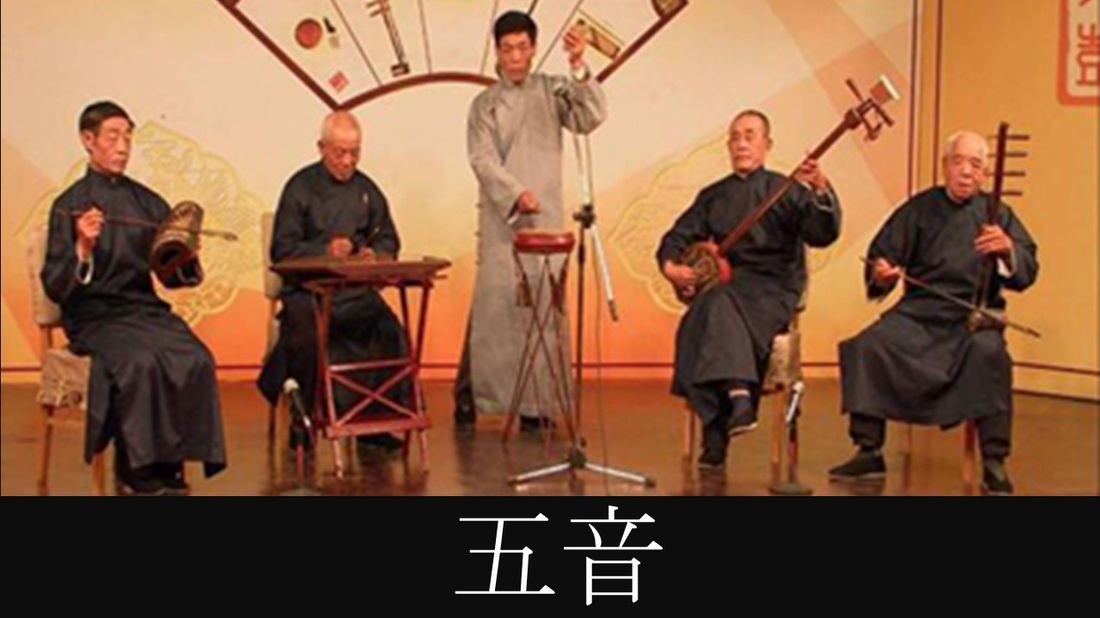
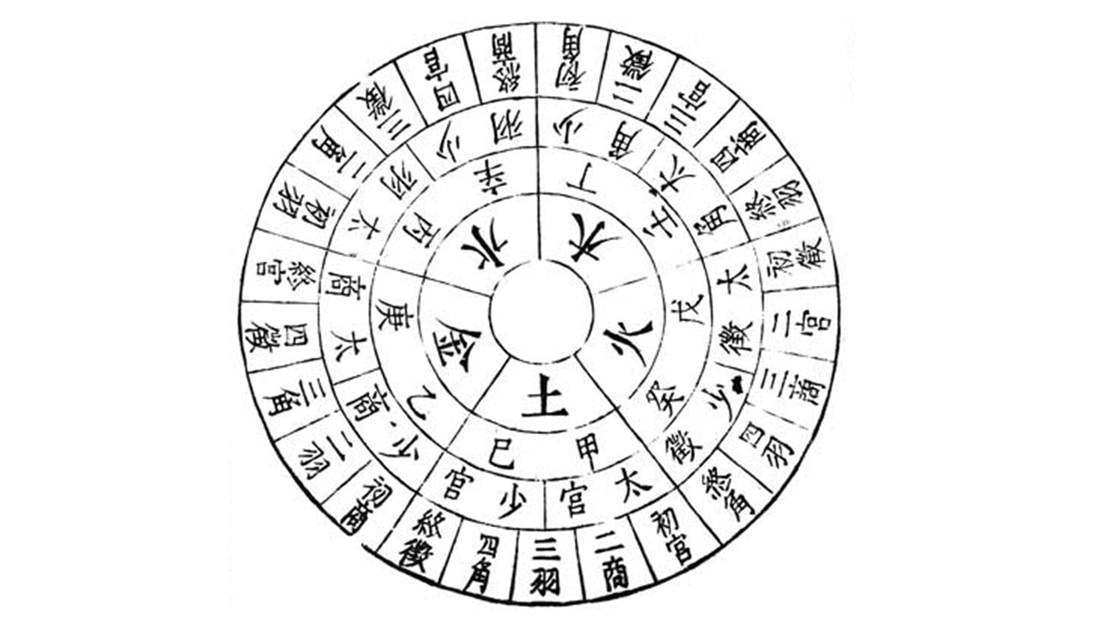
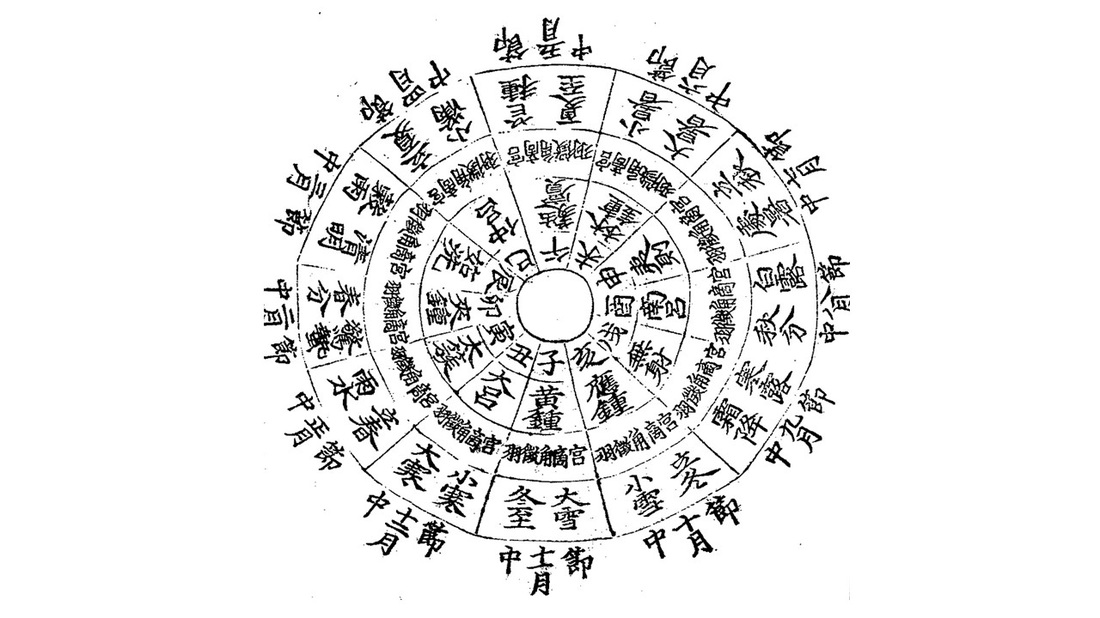
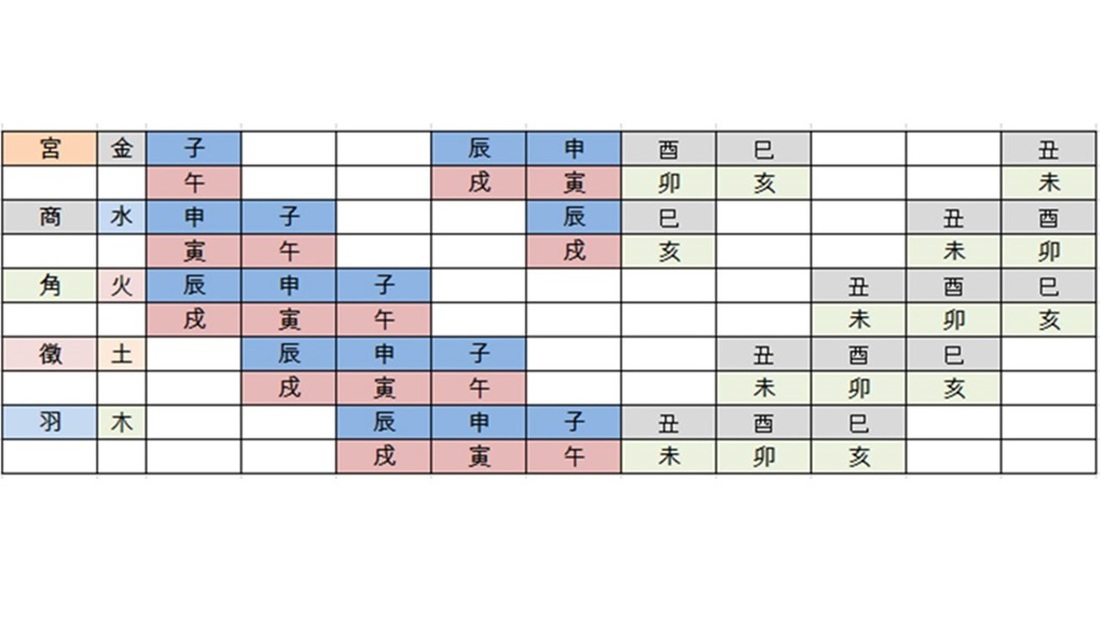
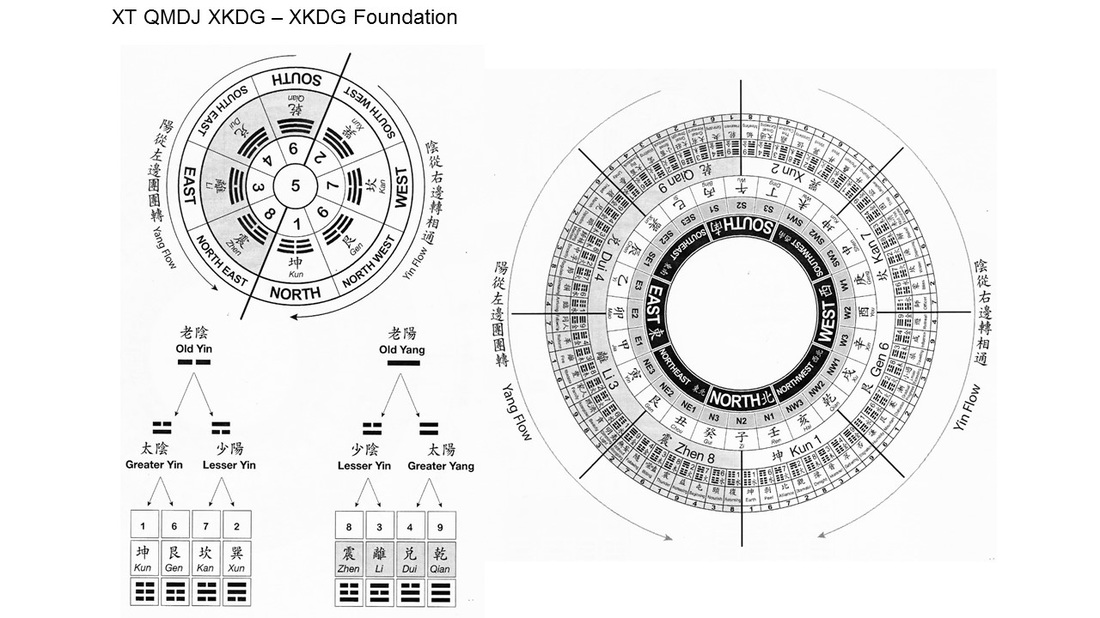
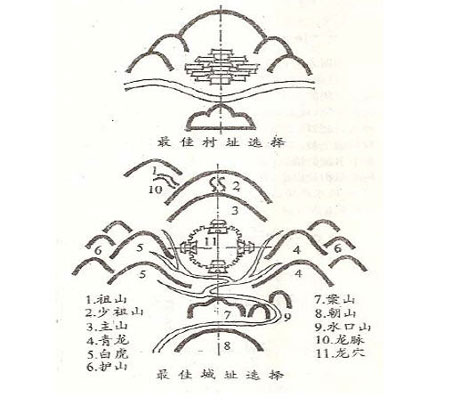
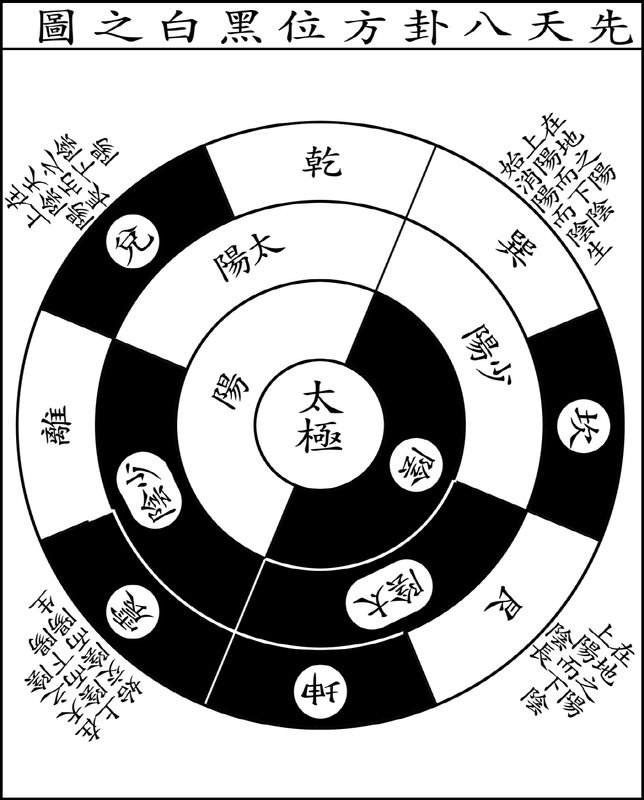
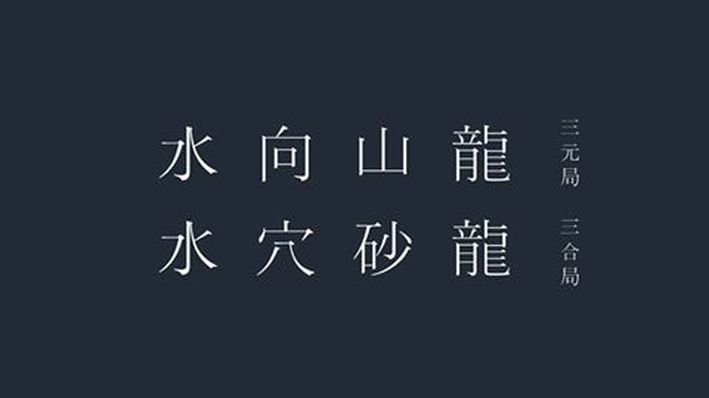
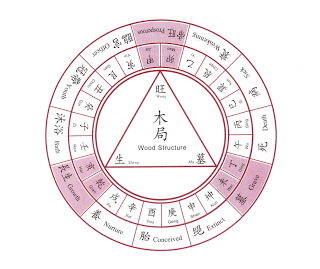
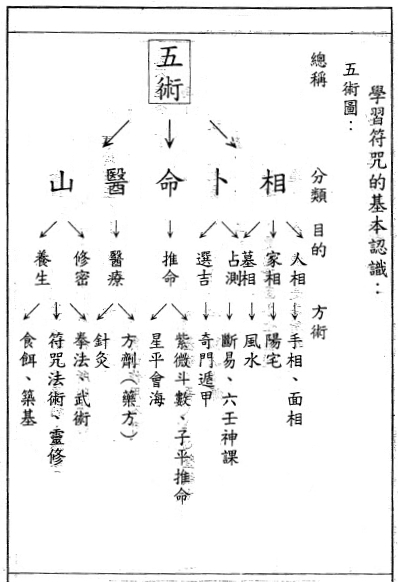
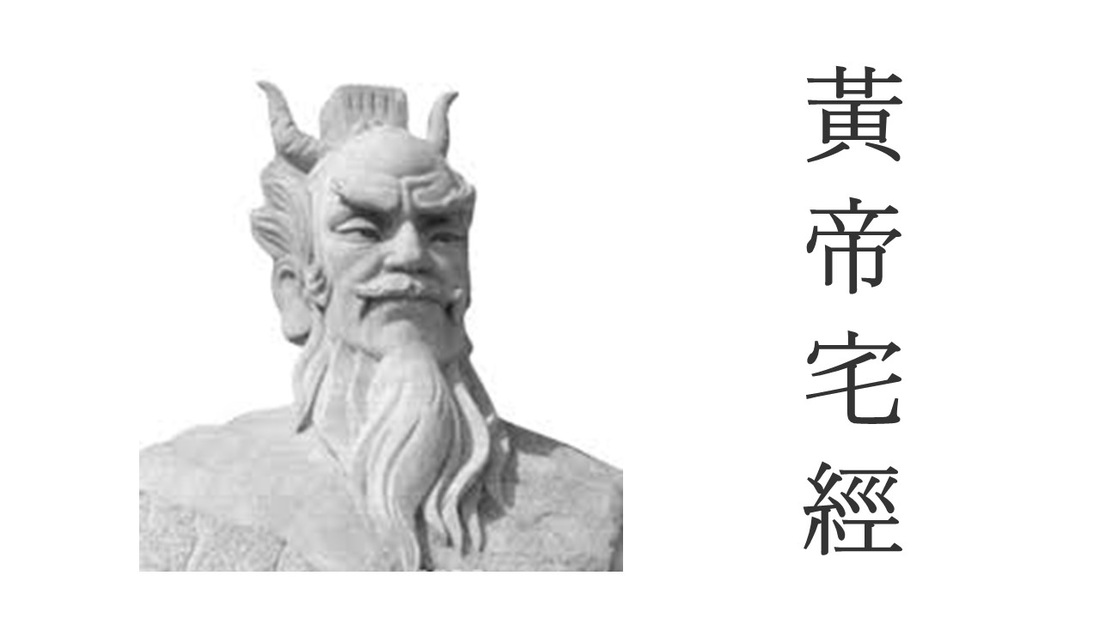

 RSS Feed
RSS Feed
